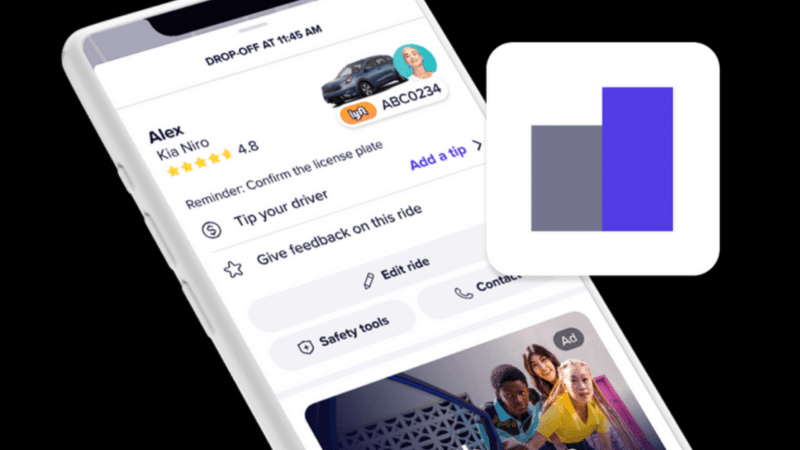
My two previous articles on personalized customer experiences focused on the need to embrace AI and the goal of AI that truly understands customer data. I’m going to continue to explore the framework I introduced in those articles here, moving to the lower-right quadrant: Agency.
I’m not talking about AI’s impact on marketing and advertising agencies, though that’s a topic getting attention in many circles. I originally considered labeling this quadrant as “Agents” — as an early indicator that AI-infused agents rose to a level that deserved further discussion.
In the end, I chose “Agency” because I continue to believe we all have to personally embrace these martech trends in order to drive better customer experiences. In other words, we can claim agency (control) to use these technologies to benefit customers AND our business processes.
Let’s dive into how we claim agency over AI agents.
Are agents just re-packaged versions of automation?
Yes
Many early agents were legacy products re-launched under an AI banner, with almost everything in tech labeled as “AI” in 2023. Many of their capabilities were still rules based and relied on users to know how to configure them. In fact, the re-packaging of prior capabilities actually led to AI being over-hyped, creating uncertainty over how these new capabilities were different from established automation.
No
The primary difference between legacy agents and AI-powered agents is the latter’s ability to be used and developed by less technical individuals through natural language. This is a continuation of the no-code trend that lowers barriers to adoption. When you combine natural language with the ability to process data — both structured and unstructured — the capabilities start to open up even further.
The barriers to entry for better customer-driven marketing experiences will continue to drop, and we’ll see a spectrum of capabilities that marketing leaders can leverage:
- Upskilling of “lower martech adoption” users.
- Natural language prompting for customer data management.
- Published agents within organizational workspaces or openly on the web.
The data ‘look-up’ use case
Let’s break down a simple, hands-on example to address one of the most common limitations preventing personalization in customer-focused marketing: The ability to bring together disparate sources of data through a “look-up” use case.
The problem statement: A marketing team is limited by its inability to cross-match customer contact profiles (typically user roles and personas in the CRM) with the specific product modules licensed by the account (stored in the companies ERP).
While we often hear predictions that AI will infuse various capabilities for marketers, the direct embedding of AI in tools such as Microsoft Office apps like Excel via Copilot (or Google AI in Google Sheets) will further lower barriers to various data management challenges.
Even if a marketing team doesn’t use AI to “learn Vlookup,” the same outcomes can be achieved through natural language prompting.
Sample file structure
To demonstrate this, I constructed sample data files (using ChatGPT) that would represent a typical set of customer data.
The first file had CRM contacts in the following format:
Sample data set generated from ChatGPT.
I then constructed a different sample file that listed the product modules licensed by each account.
Sample account data.
Now for the prompts
The following are direct excerpts and results from my conversational prompts and testing with Google Gemini Advanced in September 2024.
I loaded the first file as background context and asked Gemini to complete analysis, while taking on the role of a senior analytics expert.
Without further prompting, Gemini provided multiple visualizations and a qualitative/quantitative analysis of key customer attributes. Because I was focused on the product module use case, I uploaded the second sample file and used a simple prompt as follow-up.
If you’ve run similar tests, you know Google’s Gemini model often provides very detailed steps that it goes through to complete a task. In my test, it provided a detailed breakdown of Pandas Dataframes (a two-dimensional data structure that’s part of Python’s code library approach for analysis). I did not excerpt those screenshots below, and I found it notable that this may deter less-technical martech users.
Regardless, after a few more seconds it then came back with the following results and completed the task.
Responses generated from Google Gemini.
At the end of the analysis, it also provided a direct “Export to Sheets” link that allowed me to directly access the matched Contact-to-Product Module file.
Google Gemini’s Contact-to-Product module file.
Improving customer campaigns
This output file could then be imported into a CRM or marketing automation platform (MAP) to drive follow-up messaging and campaign plans. It’s one route to better, more personalized marketing based on a customer’s existing product usage.
Clearly, this was a simplified example, but the underlying implications should not be underestimated. This natural language process eliminated not only the potential barriers of knowing how to structure more complex data, but also the time needed to complete this process manually as often as needed.
Even if it’s not fully automated yet, this would open up further “no-code” integrations. Furthermore, what may have required more senior, technical resources can now rely on entry-level team member. With further attention and targeted training, this frees up both resources for more strategic campaign planning.
Implications for martech and marketers
Does this mean these capabilities are limited to just marketers leveraging prompt engineering? No. Early indications are AI agents will be standardized across teams or productized as a new form of martech.
Following a similar approach that OpenAI took with custom GPTs, Google recently announced “Gems” within Gemini that I’ll be testing further as an extension of this demo. For example, if the above process became a regular operational process, I could then publish a custom Gem across my organization’s Google Workspace for my colleagues.
In a broader martech lens, these capabilities will be productized further as part of established no-code approaches like Zapier, or become the latest addition to an ever-expanding martech application landscape through AI agent marketplaces, such as Agent.ai, recently launched by HubSpot co-founder Dharmesh Shah.
With AI now trending toward agent-based capabilities, everyone will be a personal martech leader. While there will always be a spectrum — allowing for specialization and depth — basic training and/or natural language prompting will enable previously “low-adoption” martech users to improve their campaigns.
I’m increasingly hopeful we can all start to reclaim our agency to improve our customer-focused marketing plans.
The post It’s the age of AI agents: See how marketers can build one themselves appeared first on MarTech.







